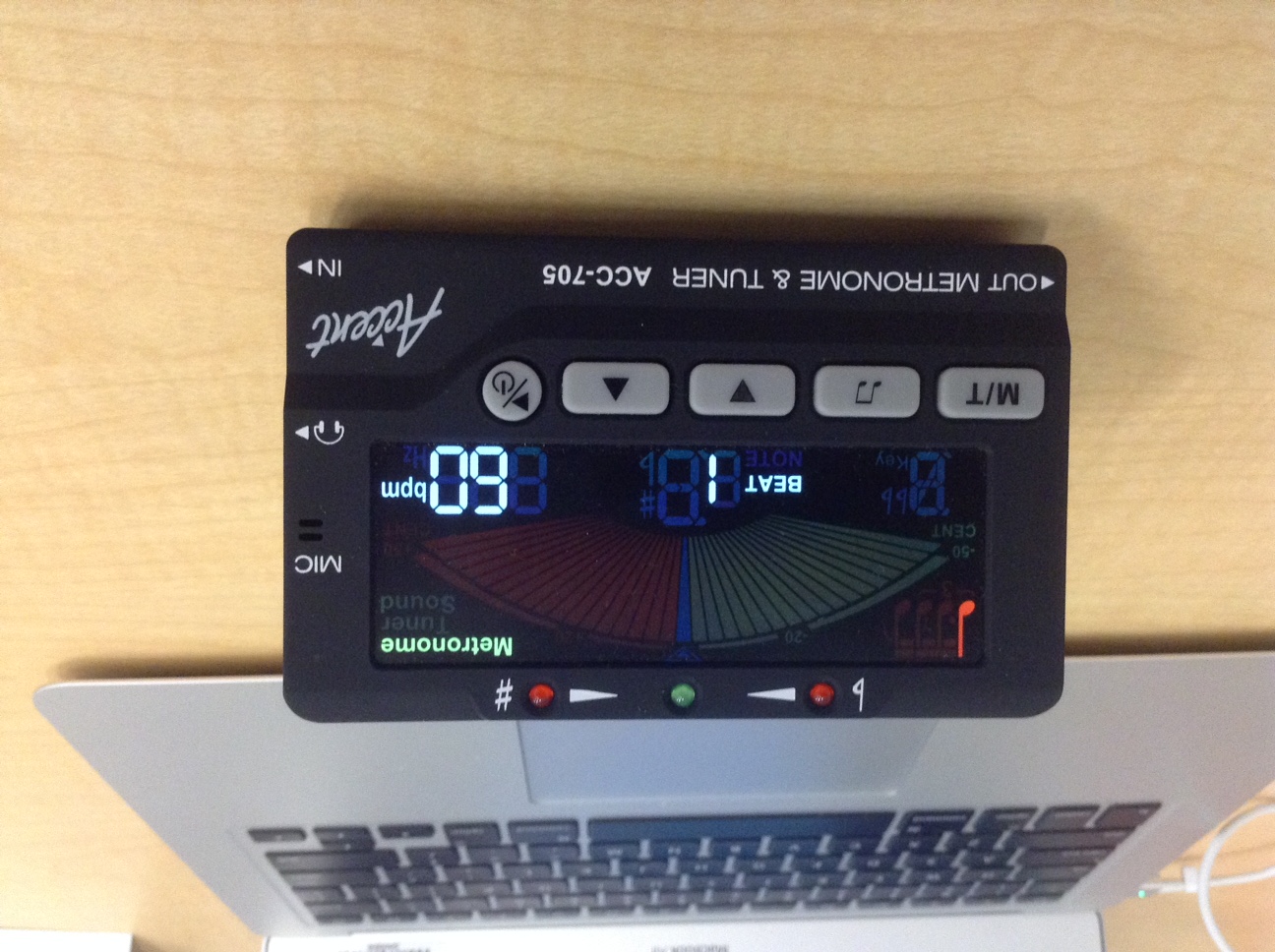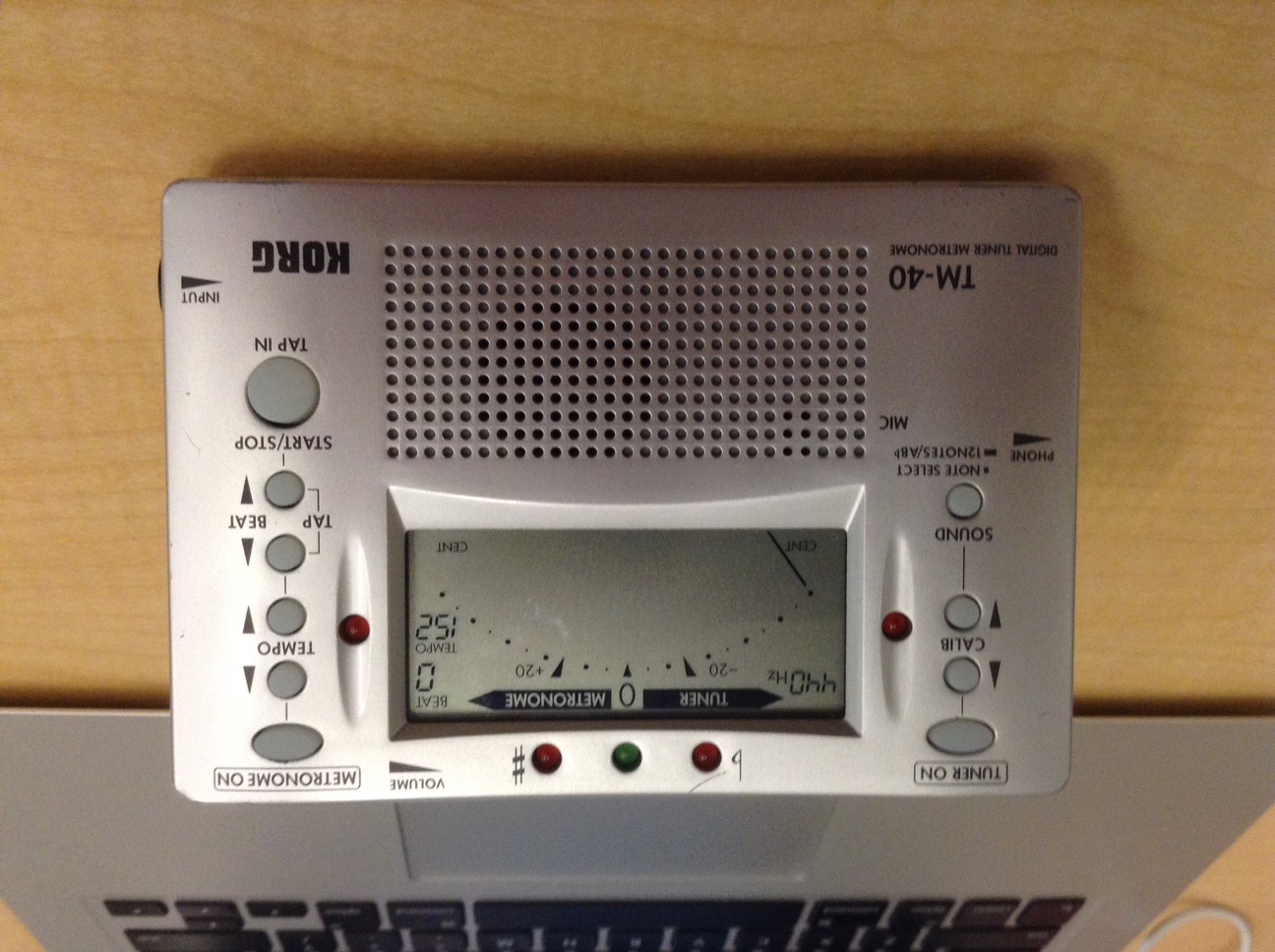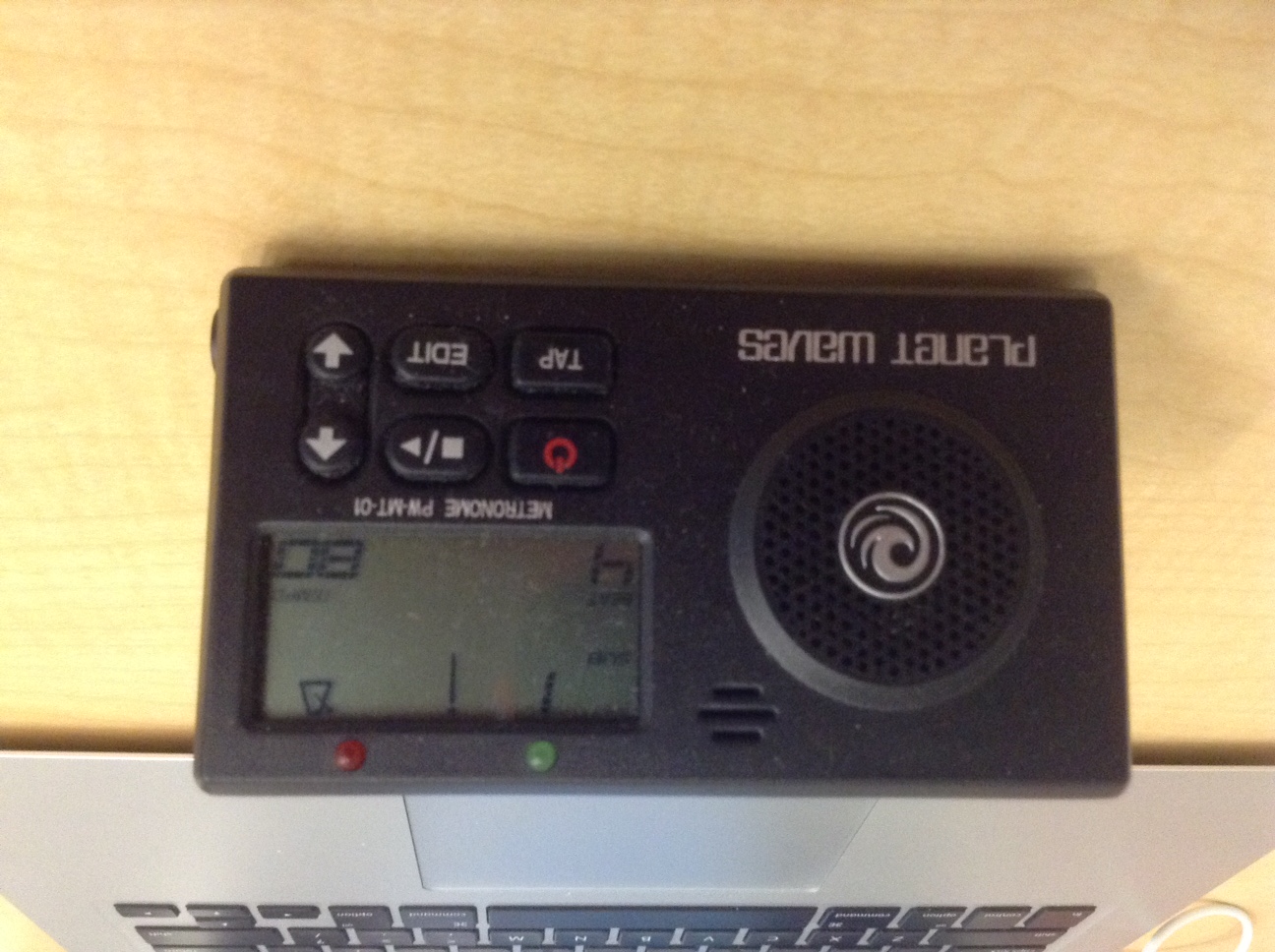Allora Aere Trombone (Plastic!) Review
/If all you want is to see and hear a quick comparison of the Allora Aere and a student model Bach, see these two short videos.
Quiz
Which of these recordings is a plastic trombone? The four combinations of mouthpiece and instrument are plastic/plastic, plastic/metal, metal/metal, and metal/plastic. [Yes, I know I don't sound amazing on trombone]. See the answers at the bottom of the post.
I ordered an Allora Aere Trombone in blue back in December. It must have been a popular Christmas item because it was on backorder for more than two months! I paid about $120 with a percentage off coupon code, and so far I think it was a fair price for what I received.
Positives
- sounds like a trombone
- plays in tune (though what does that really mean on trombone?)
- slide moves freely and has improved over the last month as I have played it more
- comes with lots of "extras," including two plastic mouthpieces, a stand, cleaning supplies, and a bag that fits everything neatly
- very light
- blue! (or other colors)
Negatives
- difficult if not impossible to get a brassy, edgy tone that is often characteristic of trombone
- plastic slide is noisier than metal
- slide lock is weak and tugging on the slide while locked releases the slide
- included stand is adequate for holding the trombone but feels flimsy
The biggest issue I see with the Aere trombone is that it can't match the sound and power of my Bach TB-300. While trombone isn't my main instrument, I use it extensively while teaching because it is the easiest low instrument to pick up and play lines when needed. I also think I do an adequate job demonstrating tone for my younger trombonists, especially when I need to show them using more air for a bigger sound or toning it down to blend with the rest of the low voices. The Aere trombone is mostly fine for demonstrating these things, but I can't make it cut through an ensemble in the same way as my metal bone.
Looking at trombone currently on Craigslist, I see some trombones available used for $150. If I were looking for a trombone for a beginning student, I would almost certainly purchase one of these (Bundy, Bach, Yamaha, etc.) instead of the Allora Aere. That said, I can imagine a few reasons to get a plastic trombone. I've never taken complaints about the trombone's weight too seriously, but I could see using one with a student who needed the lightest trombone they could find (perhaps recovering from an arm/shoulder injury, or the very young). It is cool that it is blue and brings some spirit to pep band. I've also found it beneficial to play on the Aere trombone as a practice tool. I find that playing it at the level I want requires more air, and that translates to a bigger, better sound on whatever I play next (my regular trombone or trumpet).
Cosmetically, the Aere trombone looks great from far away. Close up, though, there are some rough spots. The joints on the ABS tubing show some extra adhesive. The mouthpiece receiver has some sort of white, powdery residue that I haven't managed to clean all the way out yet. The slide lock feels flimsy, and the socket connecting the bell and slide sections has a few rows of extra threads that make it feel not well thought out.
I do feel a metal mouthpiece gives a better sound that the included plastic ones (or the plastic Kelly 6 1/2AL I normally play on), but I think the difference is marginal.
Audio answers from samples at the top:
- Allora/Bach
- Allora/Kelly
- Bach/Bach
- Bach/Kelly
Listening back to myself, I don't hear as much of a difference in the recordings as I heard while playing.









